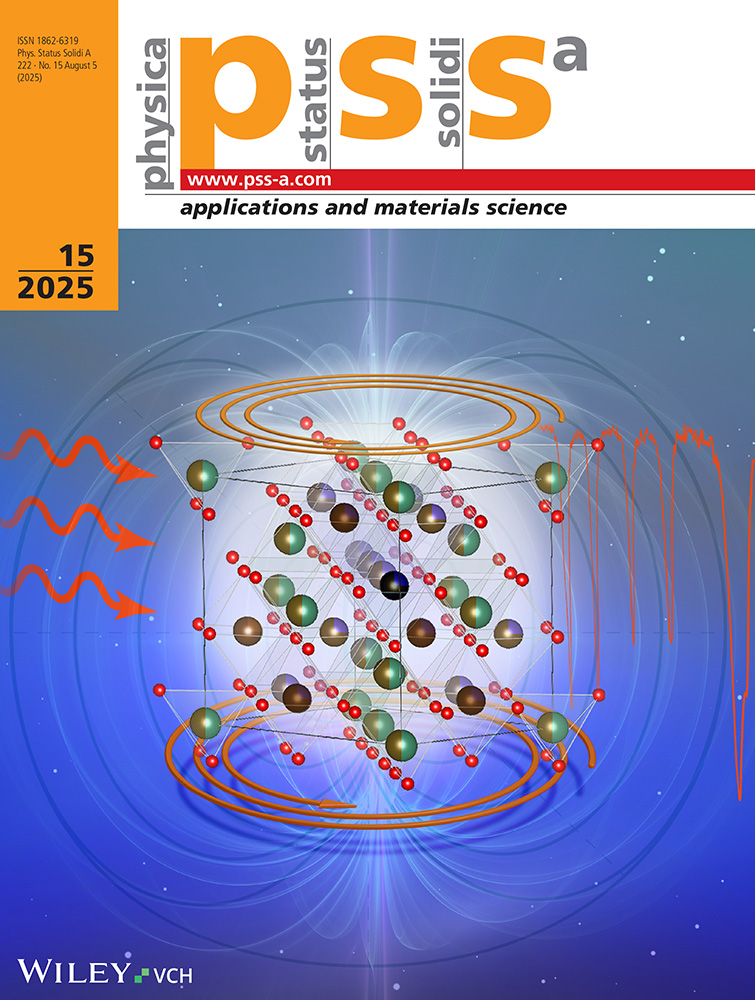EPR of a carbon-oxygen-divacancy complex in irradiated silicon
Abstract
enAdditional EPR experiments on the Si-G15 spectrum, previously observed in p-type, pulled silicon after electron irradiation, are described. The hyperfine interaction with the 29Si nuclei and the quenched-in defect alignment under uniaxial stress are newly observed. A correlation is made between the G15 spectrum and the C(3) infrared absorption band at λ = 11.6 μm via the defect symmetry, stress response and their dependence on irradiation temperature and electron-fluence. Based on the new experimental results as well as existing results from the infrared and EPR studies, the G15 spectrum is identified as arising from a positive charge state of a defect which may be viewed as a carbon-oxygen molecule bonded within a divacancy. The trapping of a mobile interstitial carbon by a [vacancy ± oxygen] pair results in the formation of the [CO ± V2] complex and the liberation of a selfinterstitial at room temperature. The electrical level of G15 is determined to be (Ev ± 0.32) eV. Tentatively the G16 spectrum is identified as being due to the negative charge state of this defect and having an electrical level at (Ec — 0.43) eV.
Abstract
deEs werden weitere EPR-Experimente am Si-G15-Spektrum durchgeführt, das früher schon an nach dem Czochralski-Verfahren hergestelltem, p-leitendem Silizium nach Elektronenbestrahlung beobachtet wurde. Die Hyperfeinwechselwirkung mit 29Si-Kernen und die Ausrichtung der durch Abschrecken eingefrorenen Fehlstellen unter axialer Spannung werden erneut beobachtet. Über die Symmetrie der Fehlstelle, die Reaktion auf Spannung und deren Abhängigkeit von der Bestrah-lungstemperatur und der Elektronendosis wird das G15 Spektrum mit der C(3)-Infrarot-Absorptionsbande bei λ = 11,6 μm korreliert. Mit diesen neuen experimentellen Ergebnissen und den schon bestehenden Ergebnissen von Infrarot- und EPR-Untersuchungen wird angenommen, daß das G15-Spektrum von einem positiv geladenen Zustand einer Fehlstelle kommt, die man als ein in einer Doppel-Leerstelle gebundenes CO-Molekül ansehen kann. Ein bewegliches Kohlenstoff-Zwischengitteratom wird von einem (Leerstelle ± Sauerstoffatom)-Paar eingefangen; das ergibt den [CO ± V2] Komplex, während eine Eigen-Zwischengitterfehlstelle gebildet wird. Das Energie-niveau von G15 wird zu (Ev ± 0,32) eV bestimmt. Außerdem wird vermutet, daß das G16-Spektrum von einem negativ geladenen Zustand dieser Fehlstelle stammt und ein Energieniveau von (Ec — 0,43) eV hat.




